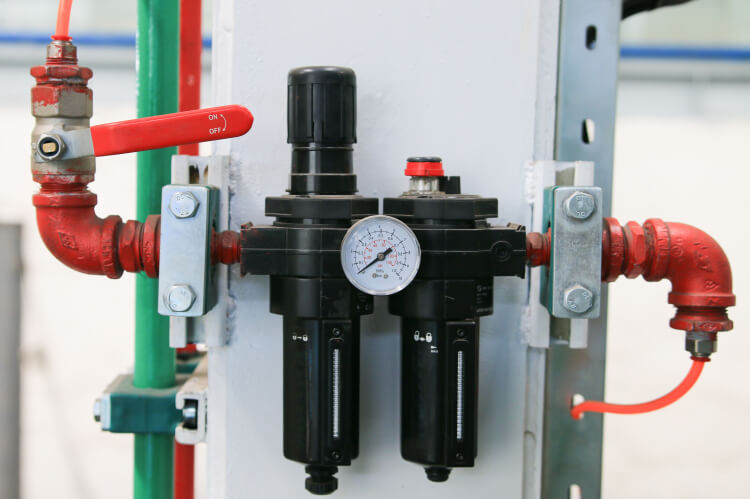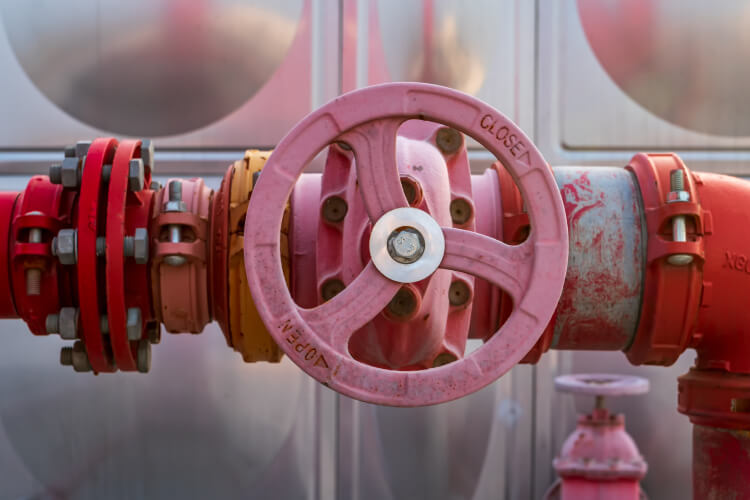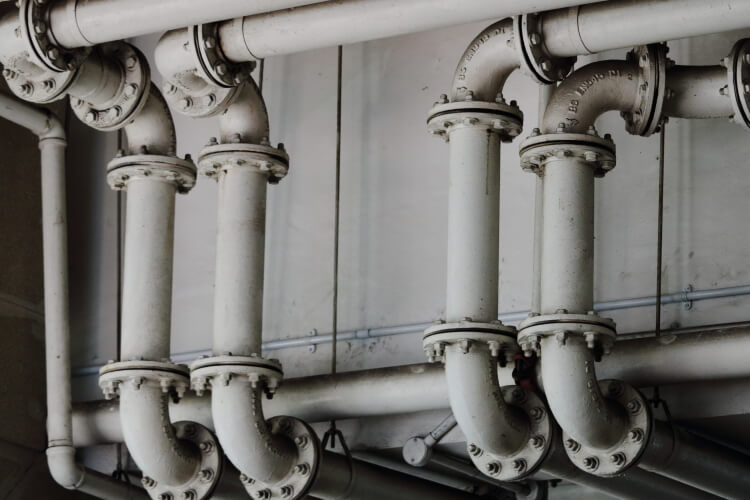Clippard has actually just recently introduced what it is calling its most advanced item in years– its Cordis proportional pressure controls. Meaning “of the heart” in Latin, Cordis is at the heart of all that is necessary at Clippard, stated Rob Clippard, VP of Marketing.
” Everyone wants a smarter item nowadays therefore taking our technology and wrapping around that intelligence feedback from pressure sensors– from circulation sensors, and from other kinds of devices, an electronic pressure controller is certainly the next phase, the next revolution of our line of product,” Clippard said.
By having control over the manufacture of the valve, we have a great deal of discretion in the design of the whole pressure control system and that adds value to our consumers. It not only provides us the ability to choose specific to applications, but it improves the overall turnaround time for getting product into the hands of our consumers.”

Clippard’s brand-new Cordis controls use the proven EVP and DVP lines of electronic proportional valves, allowing for stable, repeatable downstream pressure as demand or processes modification. The outcome is an exact linear pressure control within a closed-loop system with ultra-high resolution and repeatability.
The Cordis utilizes a microcontroller, integrated pressure sensing unit, and 2 Clippard proportional valves. The inlet valve is linked to the reasonably managed supply pressure and the exhaust valve is connected to a port that vents excess pressure to environment. When a command is increased, the inlet valve opens to permit supply pressure to pass over the sensing unit aspect that provides an active feedback for this microcontroller to please the set point in the process. If at any point the sensing unit identifies a value higher than the set point, the exhaust valve will open to vent off the excess pressure to preserve a accurate and stable control pressure while doing so.
The normally-closed valves provide flows from 2.7 to 65 lpm and a common response time of < 20 msec. The Cordis is versatile to a variety of sensors that can close the loop around not only pressure, however vacuum or circulation. It offers smooth linear control and offers integrated internal or external sensing unit feedback.
This electronic pressure control device takes a command signal and compares it to the output pressure of the unit, stated Matt Larson, Product Manager.
” Our unit uses 2 proportional valves, one on the inlet, and one on the exhaust side to alleviate any process pressure downstream. The software application is exclusive to Clippard and is integrated into the controller to continuously compare the command signal to the output pressure of the units on the feedback side,” Larson said.
Clippard’s standard product variety is 0 to 150 psi, and the valves can be ranked for vacuum through favorable pressure. As a result, these valves are highly adjustable.
Various designs are meant for various applications, said Ernie Doering, COO. “An unhoused unit is intended to go into an OEM instrument. We likewise have actually a housed version of Cordis, which is meant to be a standalone system,” Doering said.
Typical applications would be in the leakage test market where they might be evaluating low circulation, and low-pressure applications in the life science market for needs such as DNA sequencing or DNA screening for diabetes. These applications need low volume, low flow, and low pressure and need really steady and high-resolution control.
” Through our software design that we’ve done in house, we’re able to make the unit extremely flexible for client applications. These units are going to be used in those hard-to-do applications where low volume and high resolution is needed,” Larson said.
What we’ve performed in the past is with a straight analog system; this unit would need to return to the maker and be predetermined based upon the client requirements. With the Cordis, the client is in fact allowed and able to log into the unit and change the settings directly at the devices based specifically on what they require the unit to do. We’re putting that decision in the client’s hands.”
Clippard included, “Having a digitally based platform provides us unlimited flexibility in meeting the requirements of our consumers. It really puts us in a special position to where we can develop this product around the consumer’s needs. With the digital platform, we can do that rapidly.”
” Everyone desires a smarter product these days and so taking our innovation and wrapping around that intelligence feedback from pressure sensors– from flow sensors, and from other types of devices, an electronic pressure controller is certainly the next stage, the next revolution of our item line,” Clippard stated.
By having control over the manufacture of the valve, we have a fantastic deal of discretion in the design of the whole pressure control system and that adds value to our customers. The Cordis utilizes a microcontroller, integrated pressure sensor, and 2 Clippard proportional valves.
The inlet valve is linked to the moderately managed supply pressure and the exhaust valve is connected to a port that vents excess pressure to environment. If at any point the sensor finds a worth greater than the set point, the exhaust valve will open to vent off the excess pressure to keep a precise and stable control pressure in the procedure.





